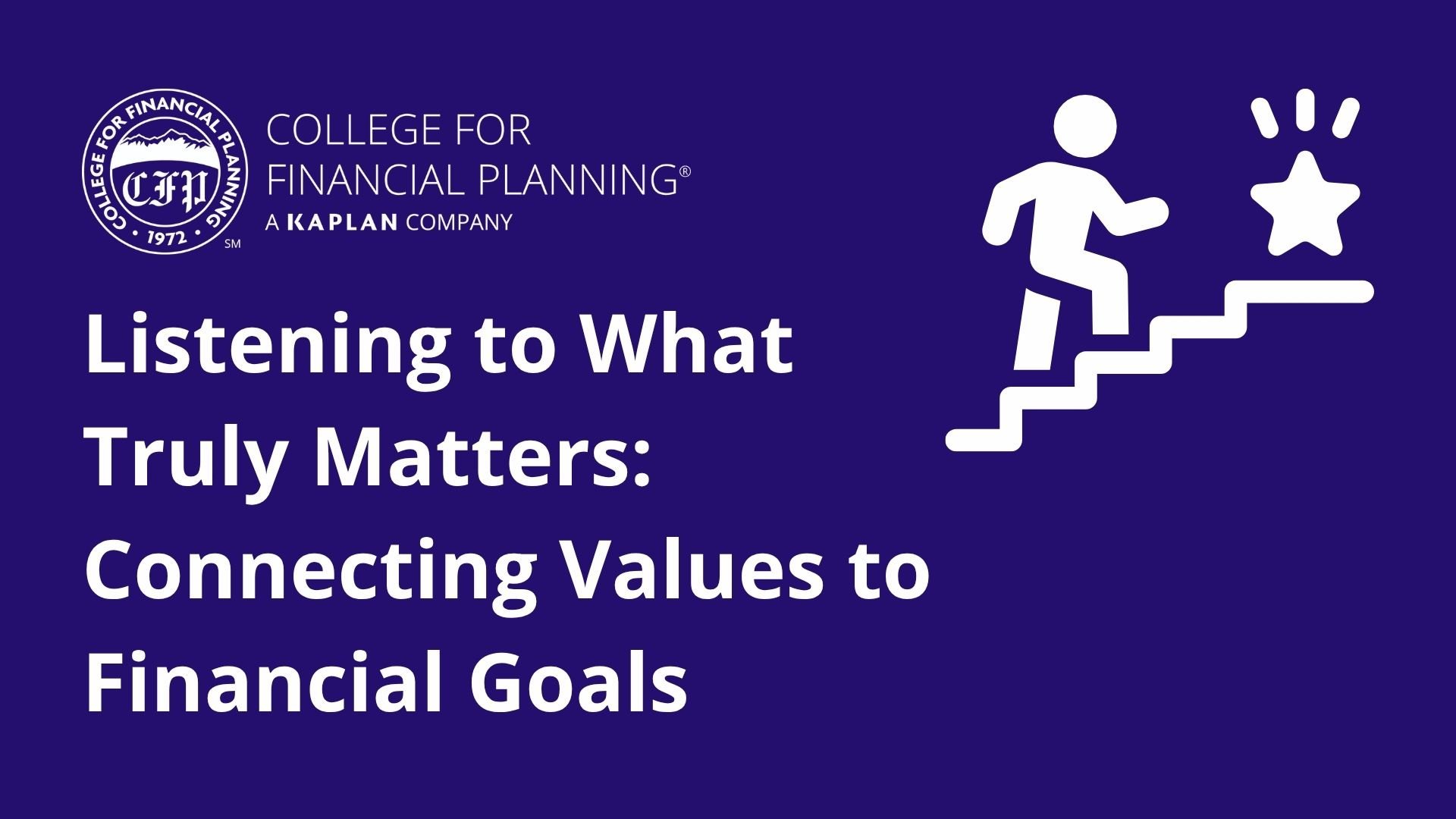At the Heart of Financial Planning: Client Goal Setting and Engagement

Moderator
🚨Understanding a client’s priorities begins with active listening and discovery by not only asking open-ended questions that uncover not just financial objectives, but also emotional drivers, values, and life goals. Planners can use structured tools such as life-event timelines, or visual goal-mapping exercises to help clients articulate what truly matters most to them. By connecting these personal aspirations to specific financial goals, planners can design strategies that feel more meaningful and relevant, increasing the likelihood of long-term commitment and success.
Engagement doesn’t end once goals are set. It’s an ongoing process of communication and collaboration. Regular check-ins, progress updates, and scenario reviews help clients stay invested and adaptable when life circumstances change. Techniques like behavioral coaching, milestone tracking, and values-based discussions can deepen trust and ensure alignment between financial decisions and personal priorities. Ultimately, when planners focus on understanding the “why” behind client goals and maintain transparent, empathetic communication, they foster stronger relationships and deliver better financial outcomes.
